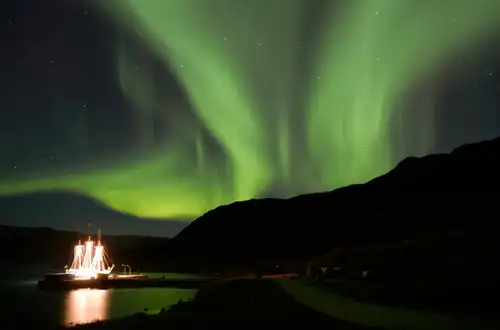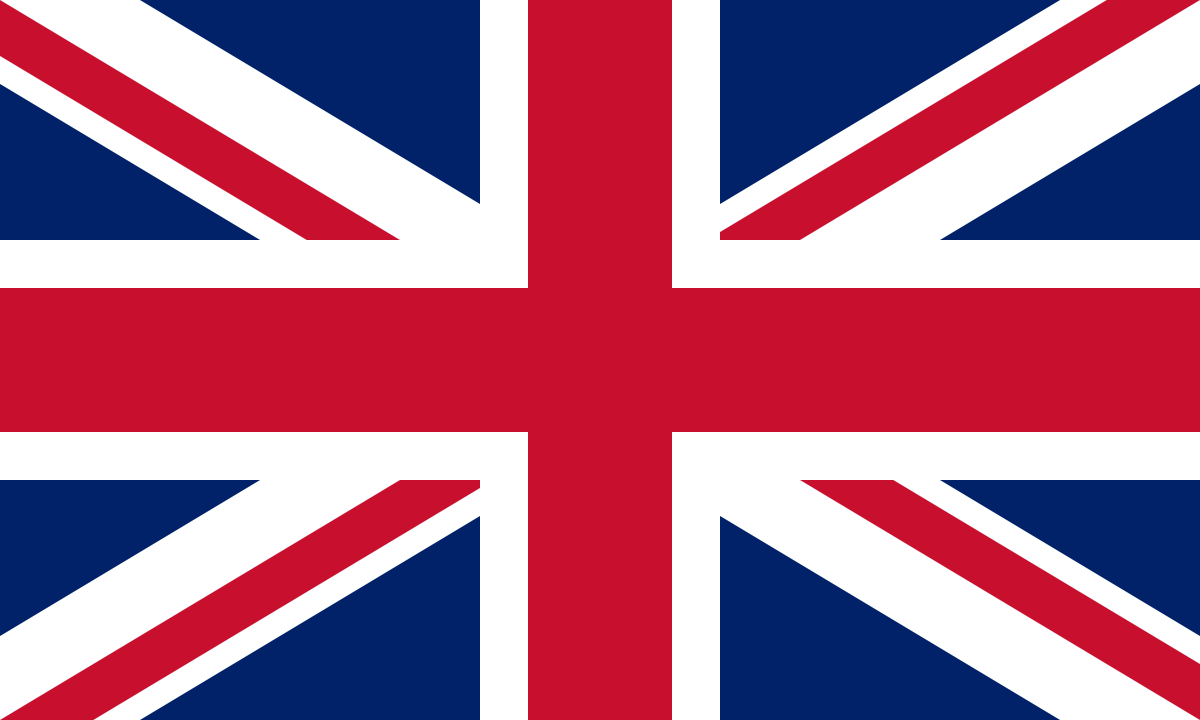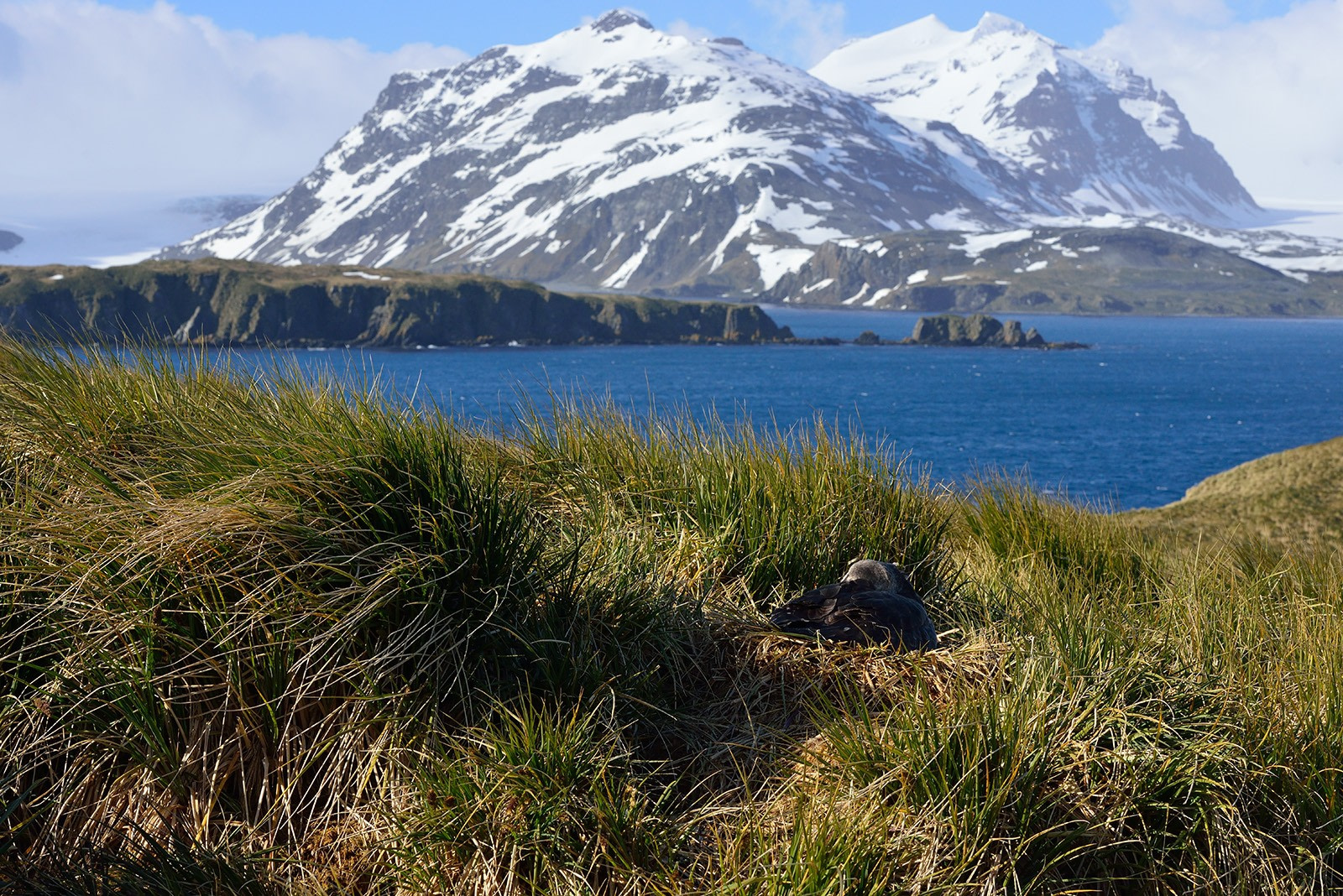Surviving in Antarctica is a monumental challenge for any plant. The extreme cold, limited sunlight, scarce moisture, poor soil, and short growing season make it nearly impossible for most flora to thrive. Yet, some plants have adapted to these harsh conditions and have managed to flourish where others cannot.
While it may not be a vibrant garden, a closer inspection reveals a unique and fascinating world of plant life.
How did plants get to Antarctica?
About 200 million years ago, Antarctica was part of a supercontinent called Gondwana, which included Australia, Africa, India, and South America. Thousands of plant species thrived here for millions of years. As the continents began to separate around 145-66 million years ago, Antarctica drifted towards the South Pole. Many plants survived and continued to grow during this continental shift.
Eventually, the climate became too cold and dry to support most life forms. Fossilized remains of plants like the Southern Beech (Nothofagus sp.) found in the Western Antarctic Peninsula tell the story of a once lush and green land. These fossils are often found in finer-silt rocks where glaciers have recently retreated. Holding a fossil of a plant that hasn't existed for millions of years is an incredible experience!
The flowering plants of Antarctica
Despite its cold, dry, and desolate environment, life persists in Antarctica. Currently, there are only two known species of flowering plants on the continent:
- Antarctic hair grass (Deschamsia antarctica) primarily grows in the Antarctic Peninsula in small, concentrated tufts in rocky areas. These plants are often found among penguin colonies and can withstand significant disturbances. During their short summer growing period, they endure abuse from elephant seals, high winds, and penguin manure. Their deep root system keeps them anchored and allows them to absorb water and nutrients efficiently. In winter, the hair grass loses its leaves but can survive freezing temperatures.
- Antarctic pearlwort (Colobanthus quitensis) has a cushion-like appearance and can grow up to five centimeters in height. Unlike hair grass, pearlwort has small yellow flowers. It is commonly found in rocky coastal areas. Both plants rely on wind for pollination, as there are no flies, bees, or birds to assist. They are also self-pollinators, meaning they don't need other plants to reproduce. This adaptation likely evolved in response to the harsh climate, where plants are often widely spaced. With rising temperatures due to climate change, both species have expanded their range.
The non-flowering plants of Antarctica
Antarctic hairgrass and pearlwort are vascular plants, meaning they have complex structures to transport nutrients. Non-vascular plants like mosses, liverworts, lichens, and algae lack a root system and efficient nutrient circulation. These plants are commonly found in damp or moist areas where they can absorb water and nutrients directly.
Antarctica is home to 100 species of mosses, 25-30 species of liverworts, 250 species of lichens, and over 700 species of algae. These extremophiles thrive in rocky intertidal and moist habitats, often favoring sub-Antarctic islands where conditions are more forgiving.
Uninvited guests
In the early 20th century, South Georgia Island became a popular whaling and sealing destination. Increased human activity brought non-native plant species, which hitched rides on visitors' boots and clothing. The absence of natural predators made it easy for these plants to colonize.
Today, South Georgia hosts 26 species of vascular plants and 15 non-native species. The island's relatively mild winters and warm summers provide ideal growing conditions.
Threats to Antarctic plant life
Rising sea levels pose a significant threat to Antarctic plants, especially those in coastal regions. Most plants cannot survive in high saline environments and will die as the sea encroaches. Plants are excellent indicators of climate change due to their sensitivity to atmospheric carbon dioxide levels.
As Antarctica's climate warms, glaciers and snow packs retreat, and ice shelves melt, exposing barren soil and creating more suitable habitats for plants. While this may benefit native plants, it also invites non-native and invasive species to establish themselves.
Preventing non-native plants from entering Antarctica is challenging and requires cooperation from visitors. Tourists often need to step through a boot bleach bath to kill any plant parts or spores. It's crucial for visitors to understand the fragility of the ecosystem and the importance of minimizing disturbances.
Blog


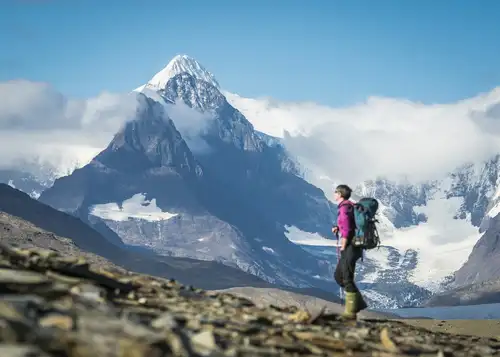
Path of Polar Heroes: Hiking Shackleton’s Historic Route

Arctic and Antarctic Basecamp Cruises – Choose Your Own Adventure
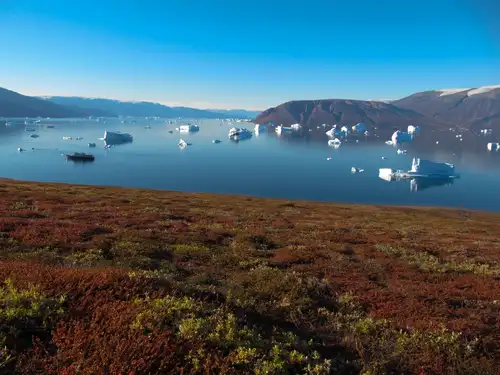
Northeast Greenland National Park
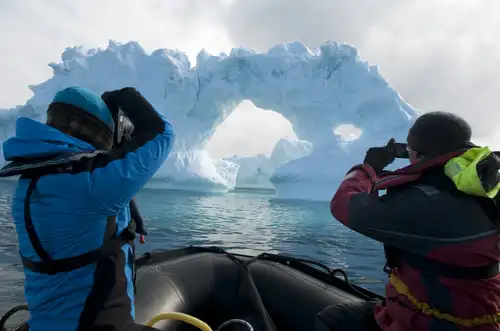
Under the Greenland Ice Sheet
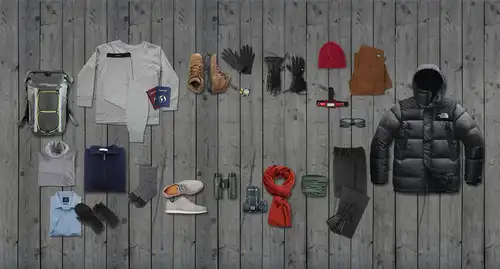
What to Pack for Your Expedition Cruise to the Arctic or Antarctica
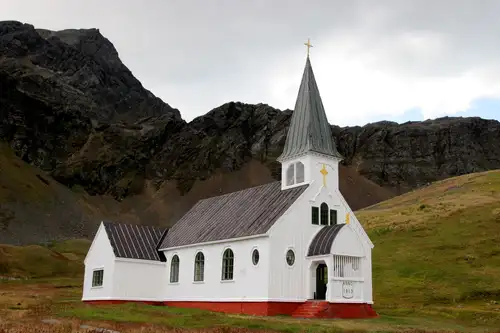
Churches in Antarctica
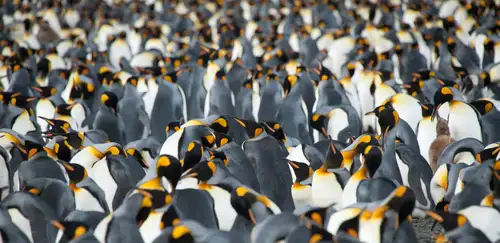
Experience King Penguins, Seals and More in South Georgia
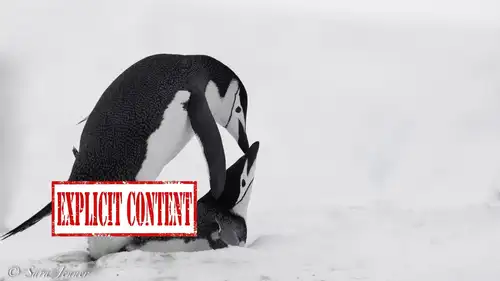
Hot Ice: Breeding Practices of Five Polar Animals
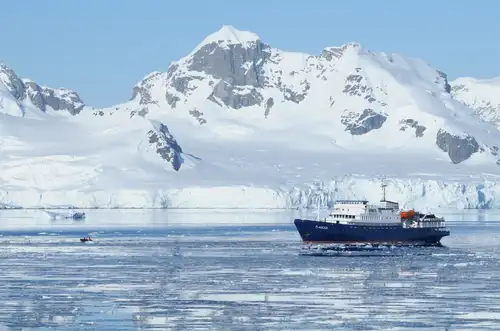
The Ultimate Traveler’s Guide to the Arctic and Antarctica
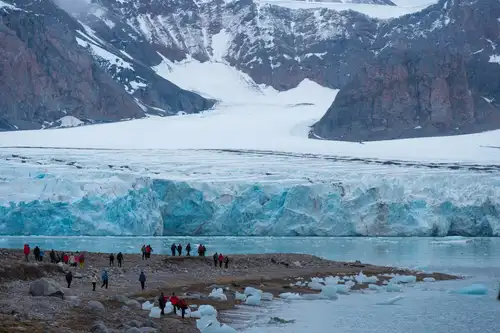
16 Conversation-Starting Svalbard Facts

The Wonderful Weddell Sea: Places, Pics, and Impressions
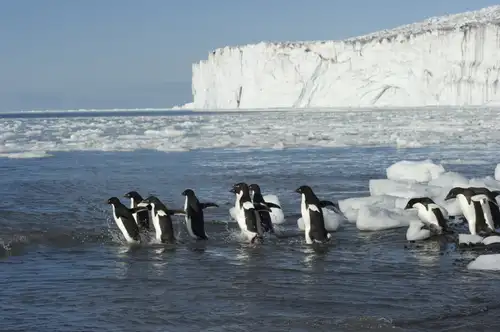
The bio-richness of the Ross Sea
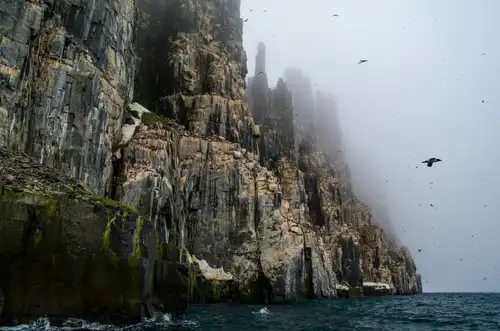
Spitsbergen: Alkefjellet magic
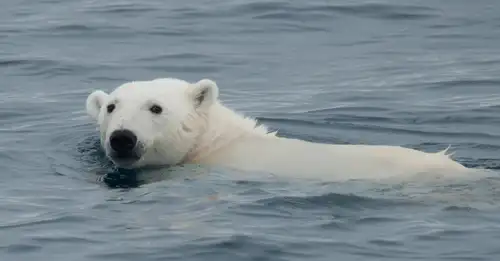
Polar Bear Sets Impressive New Diving Record
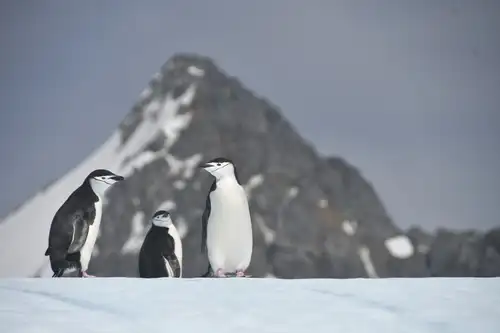
11 South Orkney Animals: Whales, Seabirds, and Penguins Aplenty
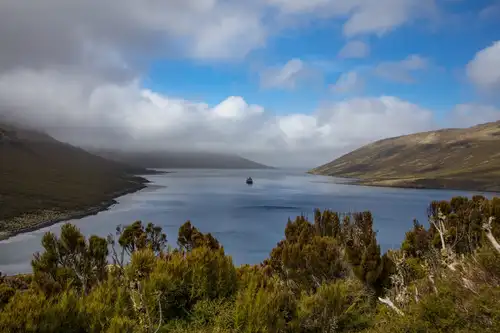
Visiting the Nearly Unknown: New Zealand’s Campbell Island
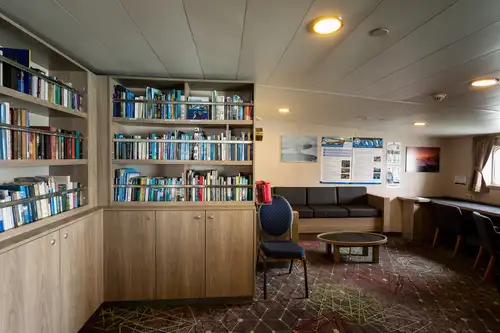
Book Recommendations for Your Polar Cruise
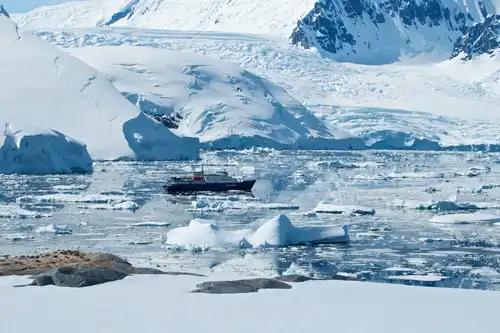
10 Books and Films To Prepare for your Antarctica cruise
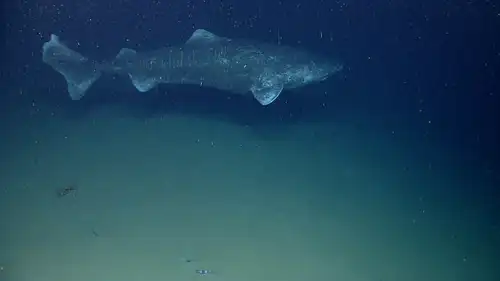
9 Facts about the Greenland Shark
